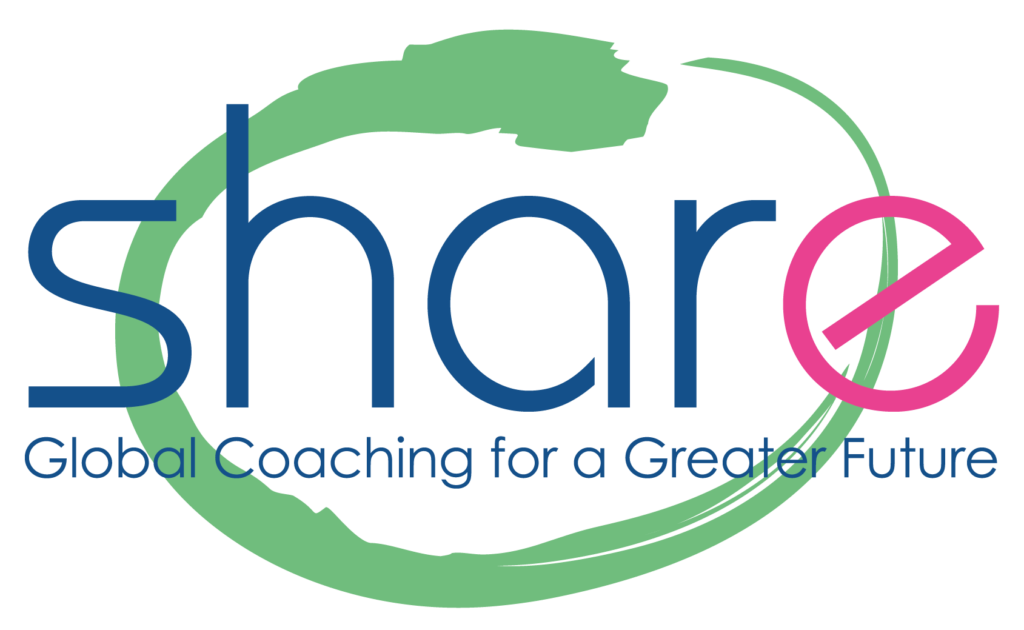Everyone suggests we get out of our comfort zone. But what lies outside of it and why should we do it? There are many reasons and a few tips to make the best of our adventure beyond the known and the familiar.
Comfort Zone, Stretch Zone, and Panic Zone[1]
First of all, it may be worth getting familiar with the concepts of Comfort Zone, Stretch Zone, and Panic Zone. Going from one zone to the next entails a progressive push of your limits. The new and unfamiliar component increases and safety decreases, as you venture further and further out. Let’s see what they mean in detail.
- The COMFORT ZONE is where you feel comfortable. Here you are aware of the ins and outs, you know the job, the dynamics, and the processes. In this zone are also included all the patterns of behavior that are familiar to you (be them useful or not so useful). There is no fear or uneasiness. You feel safe. Also, there is not much learning as there’s little new here, no challenge to kickstart the learning process. Things stay the same, mostly unquestioned and almost automatic. This is the job you’ve been at for 10 years and has not changed a bit so that you can do it with your eyes closed. But also that family lunch where you already know who will say what at which moment.
- The STRETCH ZONE is the zone where the challenge is measured to your skills and capability. It’s somehow unfamiliar and uncomfortable, but to a degree that you can take. Here you can explore your boundaries and learning can occur. In this area, there are oscillations towards the Comfort Zone when you need to rest and relax a little, and the Panic Zone as soon as a new challenge presents itself. Here you are “safe enough” to grow without risking too much. It’s the promotion to a new role, for instance.
- The PANIC ZONE is that zone so far out from your comfort zone that it becomes overwhelming, and learning is impossible because you are too busy “surviving”. All your energy goes to manage stress, fear, and panic, and your nervous system’s fight, flight, or freeze responses are activated, because you don’t feel safe. You disengage to protect yourself and lose clarity and the capacity to absorb information. Too much time in the Panic Zone may push you to get right back in the comfort zone and never venture out again!
This is that job that is so demanding, loaded with unrealistic expectations and an impossible workload and pressure that leads you to burn out and to desire to devote yourself to gardening for the rest of your life (if it’s not gardening your worst nightmare!)
There Are No General Rules
That said, it’s important to underline that what makes us comfortable, stretched, or panicked is completely personal. There are no general rules. The startup entrepreneur and the government employee may feel safe in very different ways. The first one feels safe when taking risks, being dynamic, and having to continuously figure things out. The second one may feel safe knowing that her job is secure, long-lasting, and fairly predictable. Very diverse dynamics may be comfortable for different people. What is familiar to us depends on our history, our experiences since we were little kids and the values we hold during each phase of our life.
The truth is, that changes constantly, so it’s important – when wanting to determine what our comfort zone is and what challenges we can and want to take on, to check in with ourselves and see where we are at.
Many of my clients are faced with change and choices, and when they try to take a “rational” decision, it often ends up being a never-ending list of pros and cons that exhausts them and never gets to be fully convincing. There are no general parameters to establish what is right and wrong for you, you just need to feel what you are ready for at that moment. What are your needs and desires right then and there? Once acknowledged that you may want to call in your rational brain to lay out a plan: circumstances in our lives and everyday constraints may not allow immediately what our heart desires, and conflicting interests may be at play. For instance, you are ready for a new step in your work life – be it the same role in another company or a change in your career path or going back to school – but you have a family to care for because your husband is not currently working or you don’t have enough money for tuition. There you can plan and strategize and keep doing what you were currently doing to wait for the right moment or the right condition to jump into your Stretch Zone.
Beware of the Stretch Zone: It Will Change You
When we choose to venture out of our comfort zone into the stretch zone, we need to be open to change, or we won’t make it. Think about a budding relationship. If the two people involved are not open and ready to be shaped and influenced by the other and the relationship itself, it’s not going to work. Leaving things as you know them can be scary, you don’t know what you will find as an alternative moving forward. But it can also be exciting because you’re about to learn something new – about the world, about others and sure enough about yourself.
To grow, you need to be open to change and to the ways change may shape you, which you won’t know in advance. There’s a degree of unknown to learning and evolving, and you need to feel ready to accept it and possibly enjoy it, if you’re about to take that further step out. As you reach out to something unfamiliar, you may be asked to draw from talents and skills you have not yet fully explored or parts of you that you may not know you had, or you don’t know how to use very well. You need to be ready to let go of beliefs, mindsets, or behaviors that have accompanied you along your personal and professional path and learn new ones. I underline the “let go part” because unlearning is very often much more difficult than learning.
Unlearning though doesn’t mean “rejecting”. There’s nothing we need to push aside or refuse. What is most conducive to wholeness is “integrating”. Everything that makes you who you are, be that innate to you or acquired, is precious. To add up new strategies and ways of thinking doesn’t mean that what you used until that point is bad or needs to be discarded entirely. It just doesn’t serve you anymore: you have outgrown it. But there may still be something useful there, or that can be useful in the future. The invitation here is to not neglect any part of yourself and hold everything with gratitude and compassion. You will need all your beautiful self to support you as you venture out into uncharted territory. If you are ready; when you are ready. Good luck!
By Anna Gallotti & Selika Cerofolini
Photo by Kalisa Veer on Unsplash
[1] Ryan and Markova, 2006.



